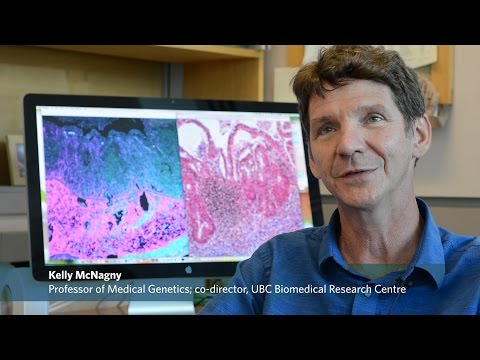Recently, a friend posted on Facebook the news about her teenage son who, a year ago, had been suffering from an undiagnosed condition. Her son’s doctor didn’t treat the symptoms very seriously until the mother insisted something was wrong and implored him to identify the cause. Finally, her son was diagnosed with Crohn’s disease. Along with a diagnosis came options for treatment.
One year later, her son is “strong, healthy, happy” and thriving again. My friend posted the news to educate people about Crohn’s and Colitis and acknowledge World IBD Day, an awareness event to recognize the five million people around the world who live with inflammatory bowel disease (IBD). It took place last Friday, May 19.
Crohn’s and Colitis Canada has a wealth of information on its site, including whether you might be at risk (and unfortunately in Canada, rates are among the highest in the world), signs and symptoms, how to test for them, living with them, and more. You can also watch this excellent educational video from Dr. Mike Evans.
There is no cure for Crohn’s disease, but people can get some respite through surgery and other coping mechanisms. Now new research has identified what may be causing fibrosis – hardening and thickening in the bowel wall – a major complication of Crohn’s. This discovery could result in other, perhaps better, treatment options in the future.
Dr. Kelly McNagny, University of British Columbia, has found a population of inflammatory cells that appears to cause fibrosis in Crohn’s disease. According to Dr. McNagny, “the gene that was defective in those cells is a hormone receptor, and there are drugs available that may be able to block that hormone receptor in normal cells and prevent fibrotic disease.”
Fibrosis happens naturally as we age. Says Bernard Lo, a PhD candidate working with Dr. McNagny, “if you can reverse [fibrosis], you’ve essentially found a way to promote regeneration rather than degeneration.” That could have an impact on other conditions that result in tissue fibrosis, like chronic kidney disease or scarring from heart attacks, for example.
Their work will be tested in mice next. You can learn more about it in the video below.
Our regular feature, Right Turn, appears every Friday and we invite you to submit your own blog to info(at)ccrm.ca. We encourage you to be creative and use the right (!) side of your brain. We dare you to make us laugh! Right Turn features cartoons, photos, videos and other content to amuse, educate and encourage discussion.
As always, we welcome your feedback in the comment section.
Stacey Johnson
Latest posts by Stacey Johnson (see all)
- Right Turn: Season’s greetings and upcoming event - December 25, 2025
- Right Turn: Stem cell supplements: A growing market with growing risks - December 19, 2025
- Right Turn: Beyond the ’stache: The science, the progress, the promise - November 26, 2025







Comments